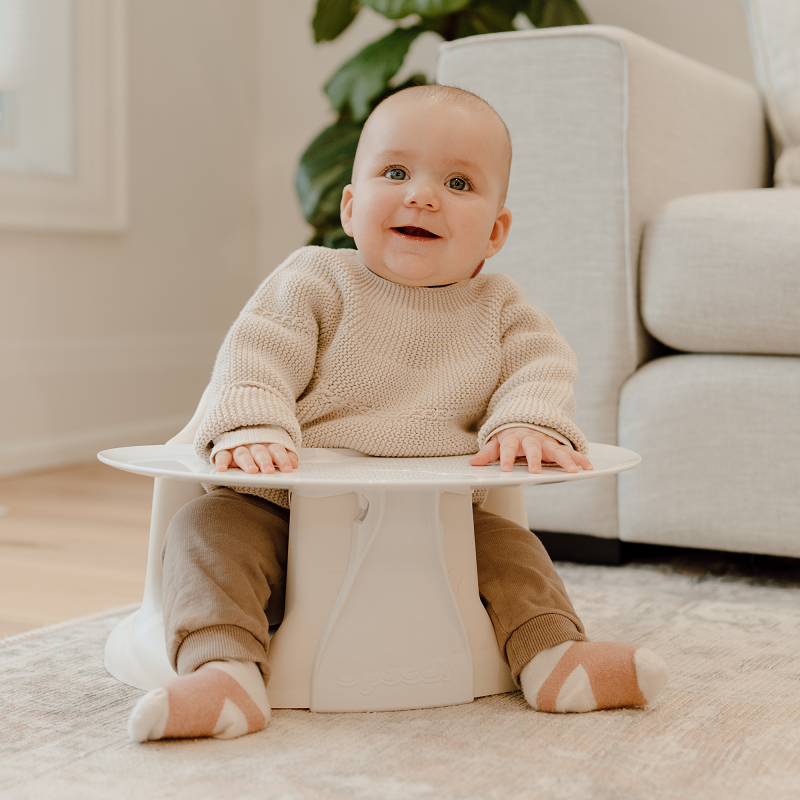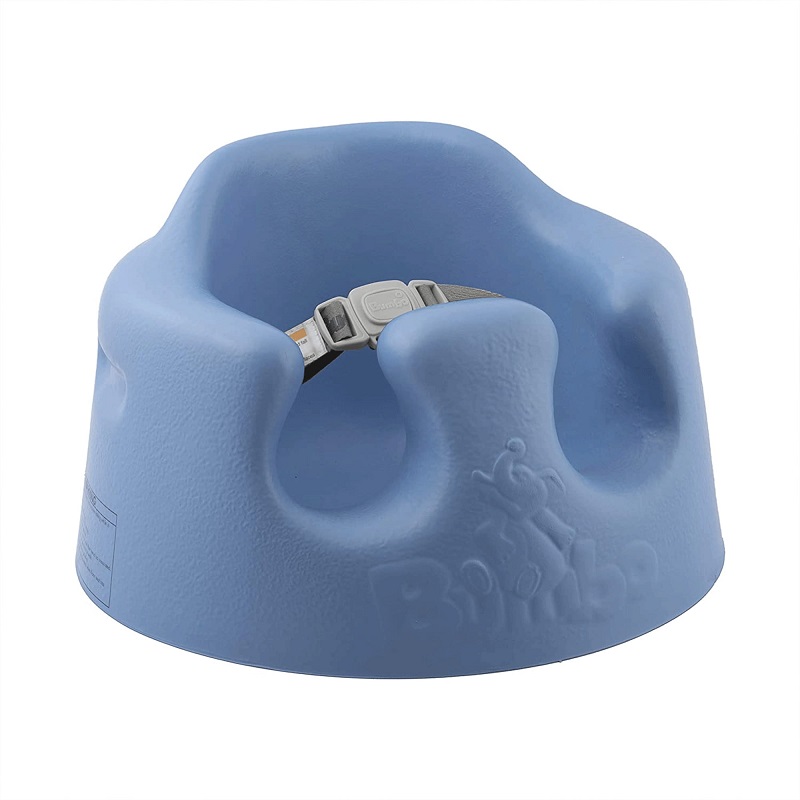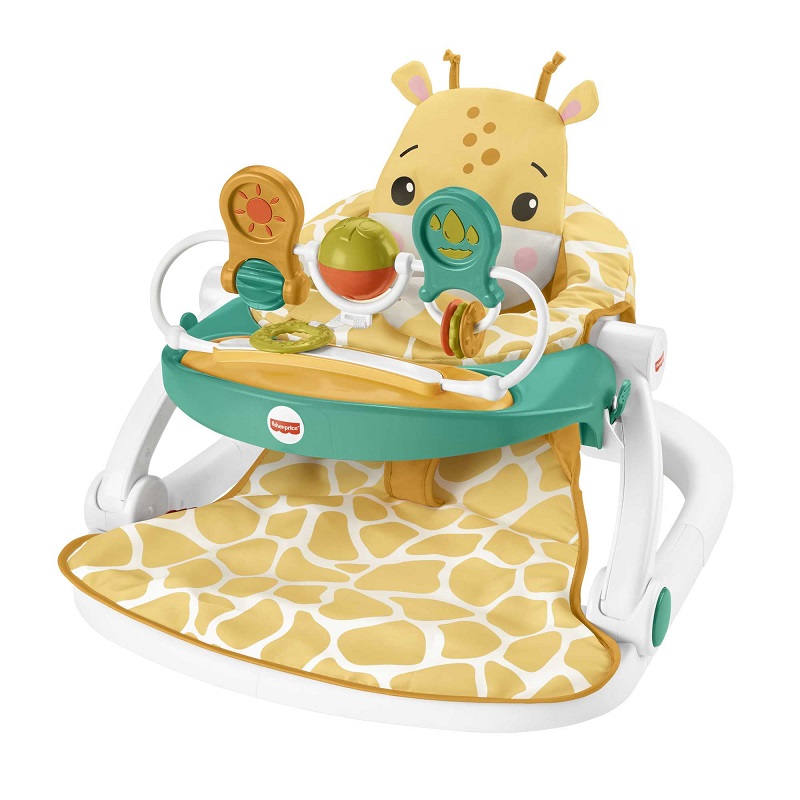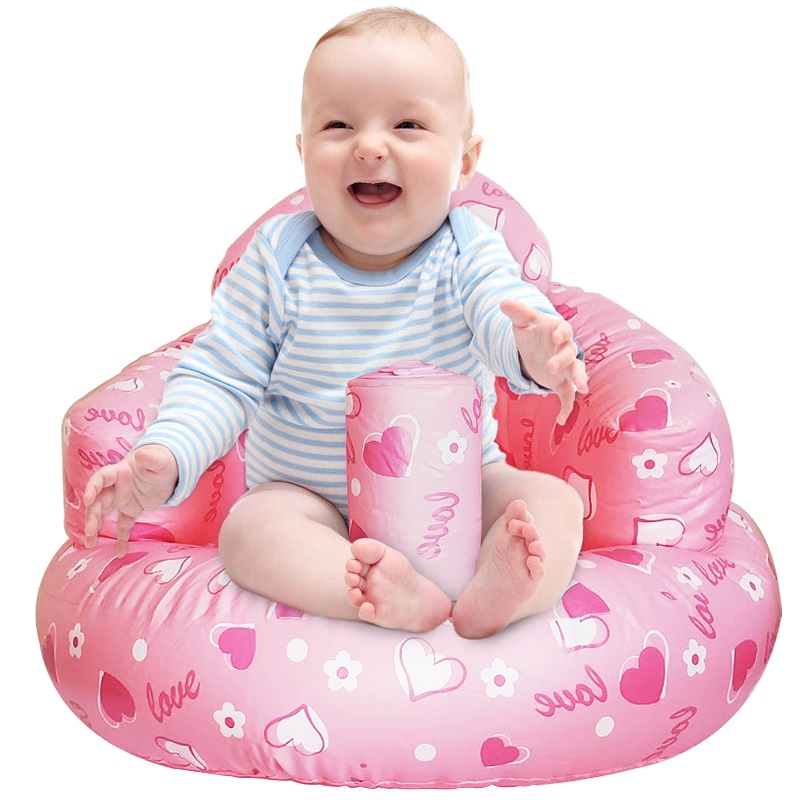Introduction to Baby Floor Chairs
The Importance of Infant Seating
When it comes to nurturing and supporting your baby’s development, choosing the right seating can play a crucial role. Baby floor chair are designed to provide infants with a safe, comfortable, and supportive place to sit while engaging with their surroundings. These chairs are typically used from the early months when babies are learning to sit up independently until they are ready for more advanced seating options. Understanding the benefits and features of baby floor chairs can help parents make an informed decision and ensure their baby’s safety and comfort.
Benefits of Using a Baby Floor Chair
Baby floor chairs offer numerous benefits beyond just providing a place to sit. They help in developing core strength and improving posture by encouraging babies to sit upright and engage their muscles. Additionally, these chairs can aid in improving motor skills as babies use their arms and legs to stabilize themselves. By offering a designated seating area, parents can also create a safer environment for their infants, minimizing the risk of falls and accidents. With the right chair, babies can enjoy a supportive and comfortable seating experience that contributes to their overall development.

Features to Look for in a Baby Floor Chair
Ergonomic Design and Support
One of the most critical features of a baby floor chair is its ergonomic design. The chair should provide adequate support for the baby’s back, neck, and head. Many chairs come with padded seats and adjustable recline settings to accommodate the baby’s growing needs. Look for chairs that have a contoured seat to support the baby’s natural sitting posture. Proper ergonomic support is essential in preventing any potential strain or discomfort, ensuring that the baby can sit comfortably for extended periods.
Safety Features and Materials
Safety is paramount when selecting a baby floor chair. Ensure that the chair is constructed from non-toxic materials and meets safety standards set by regulatory bodies. The chair should have a stable base to prevent tipping and ideally feature a safety harness or straps to secure the baby in place. Additionally, check for certifications and reviews to ensure that the chair has passed safety tests. Soft, breathable fabrics are preferable for comfort and easy cleaning. By prioritizing safety features, parents can provide a secure and reassuring seating solution for their baby.
Different Types of Baby Floor Chairs
Reclining Floor Chairs
Reclining baby floor chairs offer adjustable seating positions, allowing the chair to be tilted backward to provide a more relaxed angle. This feature is particularly useful for younger infants who may need more support while sitting. Reclining chairs can be adjusted as the baby grows and becomes more adept at sitting upright. They are often designed with extra padding and support to accommodate various stages of development. This type of chair can be a versatile addition to any nursery, adapting to the changing needs of the baby.
Activity Floor Chairs
Activity floor chairs come equipped with interactive toys and features to engage and stimulate the baby. These chairs often include detachable toy bars, mirrors, and various textures to encourage sensory exploration. Some activity chairs also have features like vibration or soothing music to help calm the baby. These chairs not only provide a comfortable seating option but also promote cognitive and sensory development. By integrating play elements, activity floor chairs can keep babies entertained while supporting their developmental milestones.

Setting Up and Using a Baby Floor Chair
Proper Placement and Safety Precautions
When setting up a baby floor chair, it is essential to place it on a flat and stable surface. Avoid positioning the chair on elevated surfaces or near edges where the baby could potentially fall. Ensure that the area around the chair is free of sharp objects or hazards. Regularly check the chair for any signs of wear or damage, and make sure all safety features, such as harnesses or straps, are properly secured. Following these precautions helps to create a safe and secure environment for the baby.
Introducing the Chair to Your Baby
Introducing your baby to a floor chair should be done gradually to ensure they feel comfortable and secure. Start by placing the baby in the chair for short periods, allowing them to get used to the new seating arrangement. Use toys or familiar objects to make the chair more inviting and engaging. Be attentive to your baby’s reactions and adjust the chair’s position or features as needed. By creating a positive experience, you can help your baby adapt to the chair and enjoy its benefits.
Maintenance and Care of Baby Floor Chairs
Cleaning and Sanitizing
Regular cleaning and sanitizing of the baby floor chair are crucial for maintaining a hygienic environment. Follow the manufacturer’s instructions for cleaning the chair, as materials and construction can vary. Typically, removable fabric covers can be washed in the machine, while the frame can be wiped down with a mild detergent. Ensure that all components are thoroughly dry before reassembling the chair. Regular cleaning helps prevent the buildup of dirt and bacteria, keeping the chair safe and comfortable for your baby.
Checking for Wear and Tear
Inspect the baby floor chair regularly for any signs of wear and tear. Look for frayed straps, loose screws, or any damage to the fabric or frame. Address any issues promptly to ensure the chair remains safe for use. Many chairs come with warranties or guarantees, so keep any documentation in case you need to make a claim. Regular maintenance and timely repairs help extend the lifespan of the chair and ensure it continues to provide a supportive and secure seating solution for your baby.
Common Questions About Baby Floor Chairs
When Should I Start Using a Baby Floor Chair?
Baby floor chairs can typically be introduced when your baby shows signs of being able to sit up with support, usually around 4 to 6 months of age. However, each baby develops at their own pace, so it’s essential to observe your baby’s readiness. Ensure that the chair provides adequate support and is suitable for their developmental stage. If you have any concerns about your baby’s ability to use the chair, consult with a pediatrician for personalized advice.
How Long Can My Baby Use a Floor Chair?
The duration for which a baby can use a floor chair varies depending on their age, size, and developmental stage. While floor chairs are designed to support babies through their early sitting stages, they should not be used as a substitute for supervised floor play. As your baby grows and becomes more mobile, they may require more interactive and versatile seating options. Always monitor your baby while they are in the chair and adjust usage based on their comfort and developmental needs.

Conclusion: Choosing the Right Baby Floor Chair
Evaluating Your Options
Choosing the right baby floor chair involves evaluating several factors, including ergonomic support, safety features, and the chair’s adaptability to your baby’s growth. Consider the different types of chairs available and their unique features to find one that best meets your needs and preferences. Reading reviews and seeking recommendations can also provide valuable insights into the quality and performance of various models.
Investing in Your Baby’s Comfort and Development
A baby floor chair can be a valuable investment in your baby’s comfort and developmental journey. By selecting a chair that prioritizes safety, support, and engagement, you can provide your baby with a nurturing environment that encourages healthy growth and exploration. Whether you choose a reclining chair, an activity chair, or another style, ensuring that it meets high standards of quality and functionality will help create a positive and supportive seating experience for your infant.
